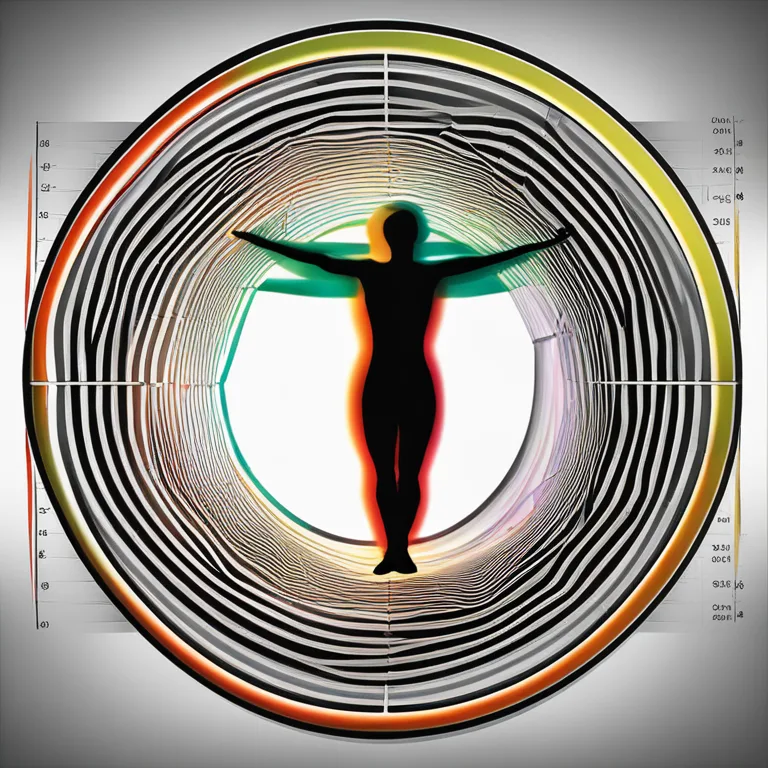
The Mechanics of Biorhythms: Body Rhythms Decoded
Explore the science behind biorhythms and how these inherent cycles influence our physical, emotional, and intellectual states.
article by Adrian Wallace
Introduction to Biorhythms
Biorhythms are believed to be the natural oscillations of physiological and emotional cycles within the human body. Rooted in the concept that our lives are influenced by rhythmic biological cycles, biorhythm theory suggests that understanding these patterns can offer insights into the fluctuations of our physical, emotional, and intellectual capabilities. This article delves into the workings of biorhythms and how they purportedly impact our day-to-day well-being.

Historical Context
The origins of biorhythm theory date back to the 19th century but gained popularity in the 20th century through the work of Dr. Wilhelm Fliess, a contemporary of Sigmund Freud. He proposed that human life is governed by two primary cycles: a 23-day physical cycle and a 28-day emotional cycle. Later, the addition of a 33-day intellectual cycle completed the triadic framework we refer to today when examining biorhythms. Despite its age, this concept continues to intrigue many in the fields of holistic and alternative health.

Three Primary Cycles
The physical cycle is said to influence our strength, stamina, and overall vitality. It peaks in the positive phase, where we may feel at our most energized, then gradually falls to a negative phase, signaling times when we might feel less dynamic. The emotional cycle ostensibly governs our mood, creativity, and sensitivity. Similarly, it oscillates between high and low phases, affecting our emotional state accordingly. Lastly, the intellectual cycle is thought to affect cognitive functions, decision-making, and analytical abilities. When this cycle is at a high, mental capacities might be heightened; at a low, we could struggle with complex thoughts.

The Science and Skepticism
The scientific community remains skeptical about biorhythms, citing a lack of empirical evidence supporting these cycles' impact on human performance and behavior. Critics argue that the theory is based on observation rather than experimentation and that it lacks the consistency necessary for validation. Nonetheless, some proponents continue to use biorhythm calculations to anticipate personal peaks and troughs, though this is generally regarded by the scientific community as pseudoscience.

Calculating Biorhythms
To calculate an individual's biorhythm, you would typically require their birth date. From this starting point, you count the number of days since birth and apply a mathematical formula to determine the states of the physical, emotional, and intellectual cycles. Numerous software and online platforms now offer to map these cycles for individuals, suggesting optimal dates for certain activities like exams, interviews, or sports competitions, based on the current position in each biorhythm cycle.
Personal Application
Though the effectiveness of incorporating biorhythms into daily life is debatable, enthusiasts may monitor their cycles to plan activities, avoid potential pitfalls, or understand fluctuations in their mood and performance. It imparts a sense of control to some individuals who resonate with the concept that their lives move in discernible patterns. It is crucial, however, to approach biorhythm theories with a critical mindset, acknowledging the divisive nature of its acceptance in the wider scientific and medical communities.
Published: 12/28/2023
Modified: 12/28/2023
More predictions
Come back here soon to learn more about yourself and your future


The Synergy of Biorhythm Compatibility
Delve into the intriguing concept of biorhythm compatibility to foster deeper connections and understand interpersonal dynamics.


Biorhythm Compatibility and Birth Dates: The Connection Revealed
Discover how biorhythm compatibility based on birth dates can influence personal connections and relationship dynamics.


Harmonizing Life Rhythms: Biorhythm Compatibility Explained
Discover how biorhythm compatibility impacts relationships and personal interactions, fostering harmony and understanding.